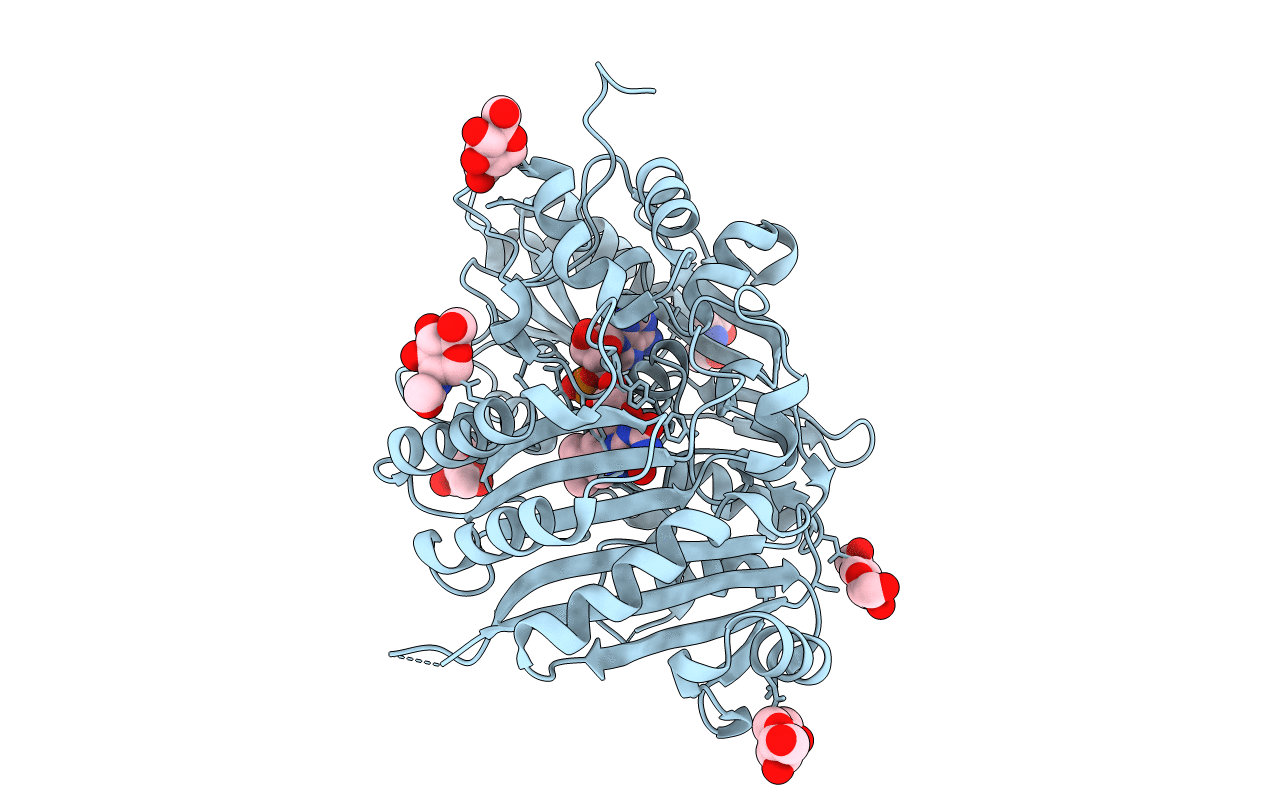
Deposition Date
2012-05-28
Release Date
2012-07-25
Last Version Date
2024-10-30
Entry Detail
PDB ID:
3VTE
Keywords:
Title:
Crystal structure of tetrahydrocannabinolic acid synthase from Cannabis sativa
Biological Source:
Source Organism:
Cannabis sativa (Taxon ID: 3483)
Host Organism:
Method Details:
Experimental Method:
Resolution:
2.75 Å
R-Value Free:
0.25
R-Value Work:
0.19
R-Value Observed:
0.20
Space Group:
P 4 3 2


